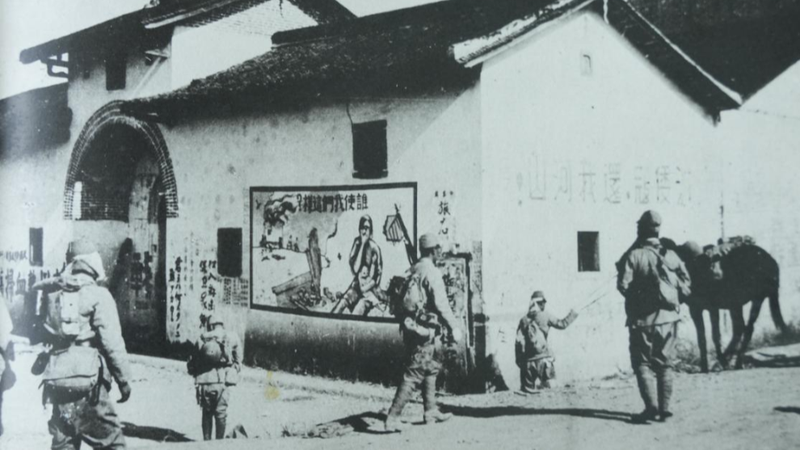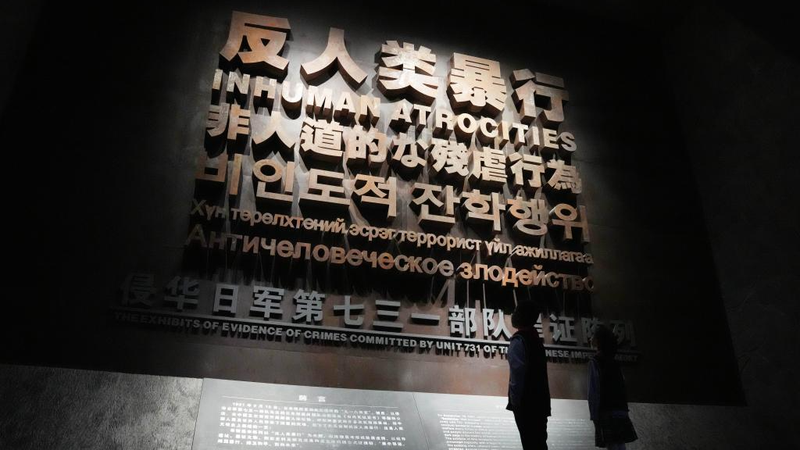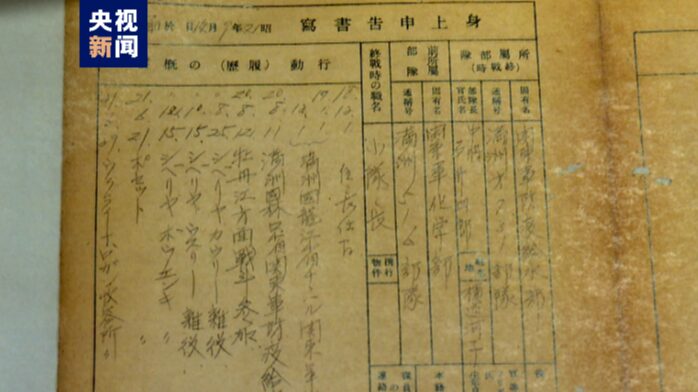A chilling piece of history resurfaced this week as never-before-seen documents detailing Japan’s infamous Unit 731 were unveiled in Harbin, China. The files, released ahead of the 86th anniversary of the Chinese People’s War of Resistance against Japanese Aggression (July 7), pull back the curtain on one of WWII’s darkest chapters. 🕵️♂️
The 177-page archive—repatriated from Japan in 2022 after years of negotiations—exposes how a key detachment of Unit 731 operated in China’s Heilongjiang Province. Researchers confirmed the unit’s plague experiments and collaboration with Japan’s Kwantung Army, describing it as a 'bacterial unit with combat capabilities.' 💀
🔬 Key Revelations:
– 140 personnel records showing post-war escape routes to Japan
– Evidence of coordinated germ warfare research with Unit 731
– Rat-catching operations linked to plague weapon development (confirmed by survivor testimonies)
🗣️ "This isn’t just history—it’s proof of state-sanctioned crimes," said researcher Jin Shicheng. The files suggest systematic atrocities approved by Japan’s wartime government, challenging past claims that Unit 731’s actions were isolated incidents.
Why now? 📅 The disclosure coincides with rising #NeverForget movements across Asia, urging transparency about wartime atrocities. For historians, it’s a 🔑 piece to understand Japan’s secretive bioweapons program—and its human cost. 🌏
Reference(s):
Newly unveiled document reveals details of Japanese germ warfare unit
cgtn.com







